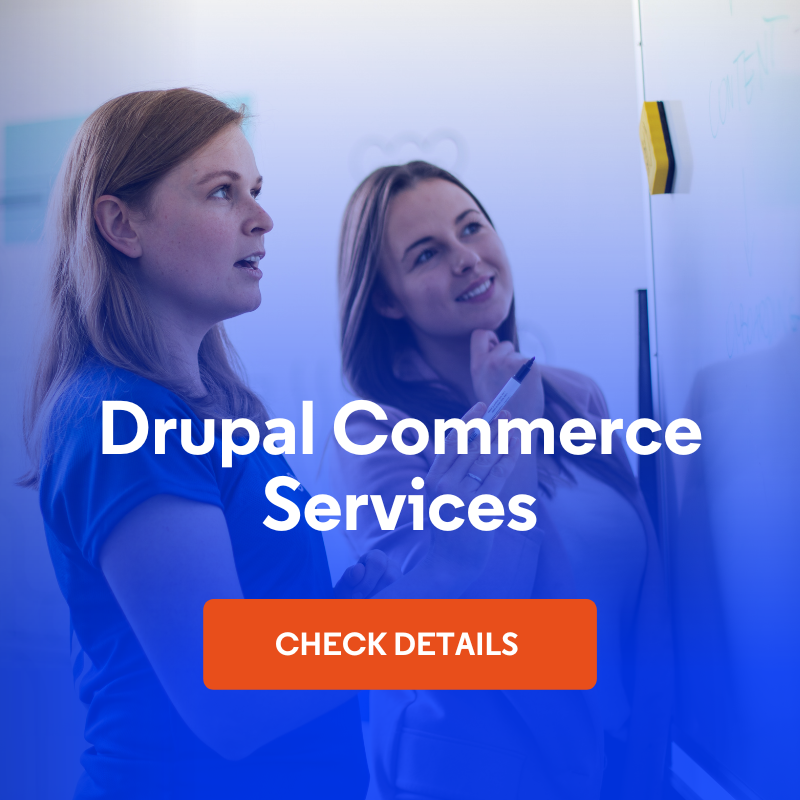
Online shops are complex pieces of software. It is no longer enough to display products and provide a shopping cart and checkout flow. In order to improve the user experience, drive engagement and eventually increase conversions, shops provide multiple additional features. Let's have a look at some of the most popular functionalities which increase sales.
1. "Back in stock" notifications
If the products you offer sometimes sell out and for periods of time you have to display an "out of stock" message, a great feature to increase sales is to allow users to get notified once the product is back in stock.
The most common way to implement "back in stock" notification is to display a form to collect user emails on product pages. Once the product is back in stock, we can simply send an email to the customer, letting him/her know. Obviously, not all such notifications will end in sales, but even if just a few, this already is business that would otherwise have been lost.
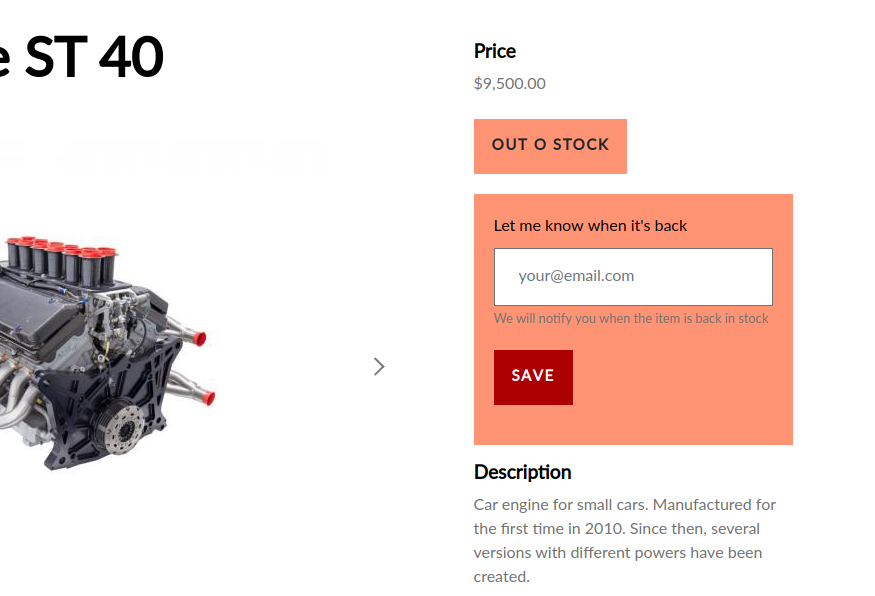
2. Cross-selling & up-selling
When we already sold something or are selling something to a customer, there is often an opportunity to cross-sell or up-sell based on the customers' purchases. The most common ways recommended also by our Drupal consultants to go about products are to:
Upsell
Offer complementary products to increase the overall value of the purchase. E.g. if someone buys a bicycle, offer additional things like a chain lubricant, a speedometer or a bottle holder. This is typically done in the checkout process. An additional screen is displayed prompting the customer to consider the additional offers, or a block is shown under the cart (for example before "proceed to checkout" button) with recommendations.
Cross-sell
Offer other products which might interest the customer based on his current purchase of the product/products he looks at.
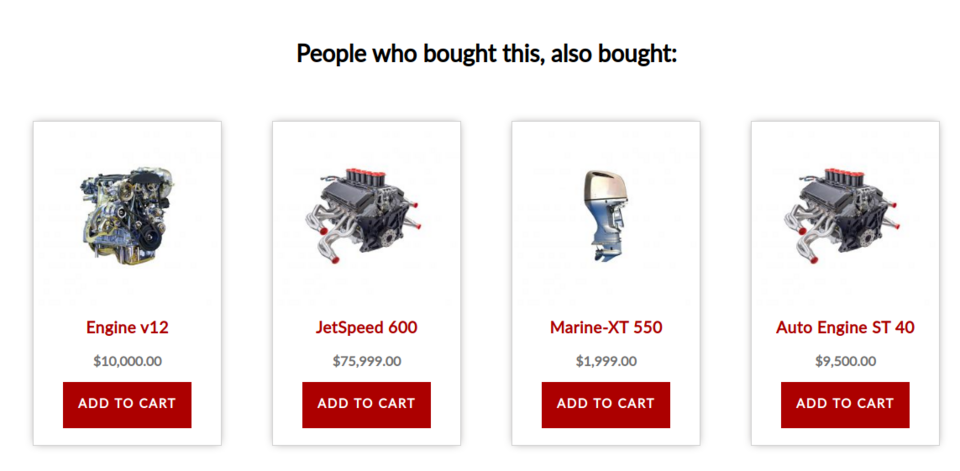
Studies show that doing this in the checkout process might reduce conversions because users sometimes abandon the cart to go explore more and then never purchase anything. Testing has to be done to ensure that is not the case.
This, however, is typically working quite well on product pages, when the customer is still deciding what to buy. Showing his options keeps him engaged and satisfies the need for a choice.
Alternatively a few days after the initial purchase, we can propose additional items via an email, saying, for example, something like "If you liked this, you might also check out that", or "You can extend your product by adding these…". - everything, of course, depends on the type of product sold.
3. Login via Social Platforms
There is nothing better for a customer than the ability to buy quickly. If you require signup with an email verification which prompts the customer to move between browser tabs or mobile apps, you are making the purchase process cumbersome. Offering a login via social platforms like Facebook or Google can make a lot of difference to a user who will not have to invent yet another password and verify his email address.
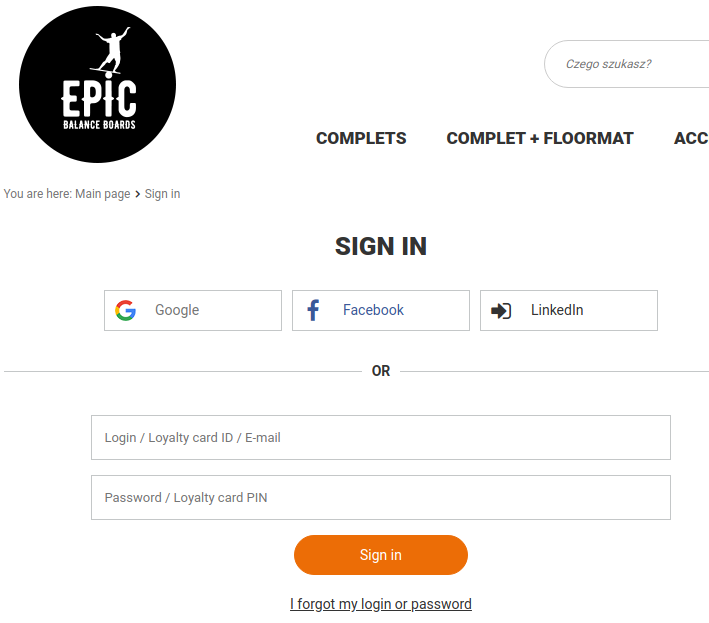
Offering a painless login workflow can substantially increase conversions.
4. Discount coupons
Discount coupons are a great way to get new customers to visit your store or to get a bit more loyalty out of already existing ones. There are various types of coupons that can be used, and you have to verify what will work best in your store. Coupons can be:
- Percentage or amount based - e.g. 10% off or $50 off
- Cumulative or not - you can use more than one at a time or not
- Reusable or one-time - you can offer a time-based discount for everyone who uses a keyword coupon (e.g. "summer-sale"). Alternatively, these can be one-time coupons (each with a unique number which is invalidated after the purchase)
- Time-limited (e.g. valid till a certain time) or open (valid indefinitely)
You can distribute coupons via email to already registered customers to get them to come back and purchase more, publish "keyword-based" coupons on social media in promoted posts to get new customers indoors or distribute printed coupons on events.
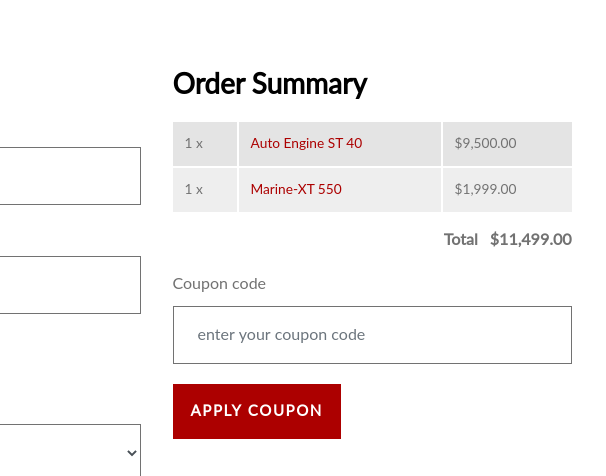
An interesting approach is to send a discount coupon for the next purchase included together with the product the customer just bought.
5. Abandoned cart follow-ups
People abandon carts for various reasons. They change their mind, something distracts them (e.g. a telephone call), or they might get stuck on a payment gateway or a temporary lack of funds on their credit card. There are really many various reasons. Often, once they leave the purchasing process, they never come back. E-commerce owners can, however, try to lure them back.
Following on an abandoned cart is not very easy and will only work when you have users email available. This shows that it makes sense to gather an email early on in the purchase process. Once you have it, you can then follow up manually or automatically to see if the user intends to purchase and if there is anything preventing him from finalising the transaction.
This strategy works especially well if what you are selling is complex or high value. By contacting the customer, you can understand and resolve his potential objections to choosing your offer.
You may also offer a small incentive offering a small gift or free shipping if the user decides to return and finish the transaction.
6. Push notifications
Push notifications are more common in the apps world, but online stores can do them too.
If visitors to your store agree to receive updates from your website, you will be able to send them notifications about new promotions or offers. This, in turn, might motivate the customers to return to your store.
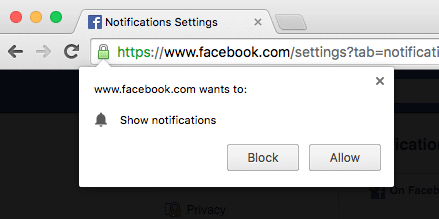
Push notifications are really powerful, but you cannot send too many not to irritate your customers.
7. Wishlists
Providing customers with an option to create a wishlist is a fantastic way to increase sales. There are two benefits that stand out the most.
- Typically wish lists require an account setup. We can ask the customer to create an account and share an email address even if he does not intend to purchase right now. If we gather a marketing consent while this happens, we can send the customer personalised emails based on his wishlist to persuade him to buy (perhaps a coupon)
- Once someone creates a wishlist, he/she gets more attached to our website. After all, there is something of his there, even if this is just a list of want-to-haves.
Of course, such a wishlist could be shared by a user with friends or family who would then be able to pick a good gift for a birthday party or a different occasion.
8. Loyalty programs
"It's cheaper to retain an existing customer than to get a new one" the saying goes.
E-commerce customer retention is often realised by the use of loyalty programs. If you know what your cost of acquiring a new customer is, you know that you can typically use a smaller amount to get the existing customers to buy again from you.
Typically customers earn points or something for various actions. These can obviously be purchases, but there are more things a customer could do to earn points:
- Refer a new client
- Promote the store in social media
- Leave a review
- Send a photo of himself using the product (see user-generated content below)
Users can then trade the points for discounts or gifts.
Done right, a loyalty program can get the customers to return to your store and not look for alternatives.
9. Bestsellers
Displaying a list of top-selling items is one of the most common ways to show clients what is trending. This can prompt them to buy things they did not initially plan purchasing. It is also a shortcut to the items that the visiting user is most probably interested in.
Bestsellers are of course more relevant in some product categories than in others. They work really well in books, films, music, fashion and other categories where trends play an important role. They may be less relevant in other categories, eg.
You can have multiple various bestseller lists.
- Shop wide best sellers - to direct clients to what sells best
- Category best sellers - to help them chose quicker
- This week's best sellers - to show your customers what's new
10. Interactive assistants / wizards
Does your customer service get the same question all the time from newbie clients? If they have trouble buying because they do not know how to choose the right products for them, an interactive assistant or a wizard might be a great solution.
Oponeo, an online store with tiers, gives its users a multitude of options for how to find tyres suitable for their car. They can check the tire size, search by car model or enter their registration number, which will be validated with an external database to check the car model.
11. Chatbots
More and more popular, chatbots allow your customers for quick contact with customer service. Typically they are set up as a small window located in the bottom right corner of the browser.
Chatbots are really great in e-commerce because they offer a personalised experience and give the customer service better options than a phone call.
Customer service can send links to particular products it deems relevant for the particular user
A chatbot can be partially automated to give answers to the most common customer questions without human intervention
12. Reviews
User reviews work similarly to social proof. They show that other people purchased the product and what they think about it. If you can get good reviews, it absolutely makes sense to do it. Before you introduce reviews to your website, however, consider the following:
Do you have sufficient sales of each product to actually get reviews? Typically less than 1% of customers leave reviews. You have to have a really large customer base to receive a sufficient amount of reviews.
13. User-generated content
Social proof is a strong motivator to buy. If you can get users to post photos or videos of how they use your products, this can go a long way towards persuading new customers to make a purchase.
You could offer discounts for photos featuring your products or offer loyalty points if you run a loyalty program.
Epic Balance Boards receives multitudes of photos of users using their boards, and they build a fascinating Instagram page out of that,
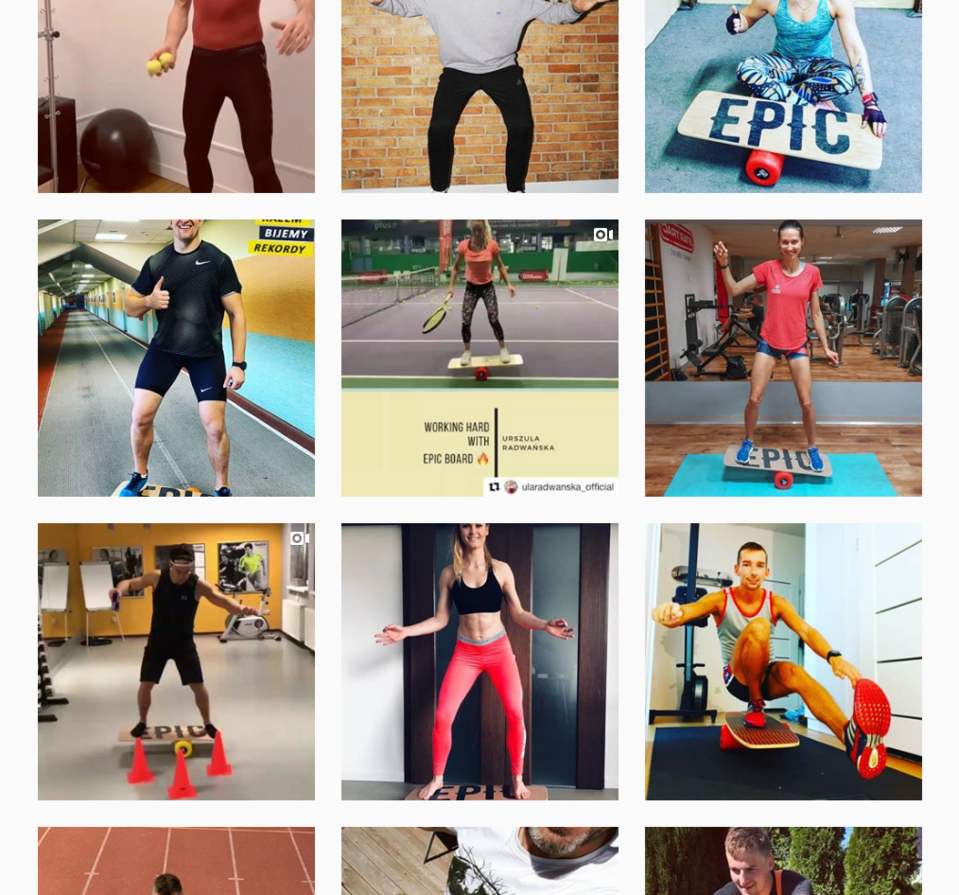
14. Newsletters
Newsletters are a tried and tested solution to keep in touch with your customer base. A newsletter will
- Allow you to inform your users about new products
- Send them coupon codes to persuade them to return and buy again
- Educate them in the area of your products, building credibility as an expert
Of course, it is much more difficult these days to get a customer to sign up to a newsletter, but there are still ways that work really well. Most of them, however, require a bit of investment, like offering a discount or a coupon code for a signup, so be sure to really prepare and send good newsletters if you go down that route not to waste money spent on obtaining subscribers.
15. Site search
Search is very important in e-commerce. The more products you offer, the more difficult it is for customers to find what they are looking for. Search is the best way to solve this problem.
God search functionality will allow users to find products not only on their names but also by common expressions. The admin should be able to monitor searches and search results and add synonyms and misspelt words to enable fast finding.
It is also very helpful to customers if they can filter results to narrow them down, by product features, brand or price.
16. "Compare" functionality
Compare functionality is especially useful if you are selling complex products with detailed specifications. Household goods like washing machines or refrigerators are a good example. Personal computers are even better.
Allowing users to compare in a table several similar products to see how they differ exactly helps them decide which one is better suited for them.
An additional benefit is that of you learning which products users are interested in. If a user compares two laptops but then does not make a purchase, you may want to send him an email with a coupon code or include him in a remarketing campaign of some sort (e.g. about laptop clearance) that will prompt him to return and buy.
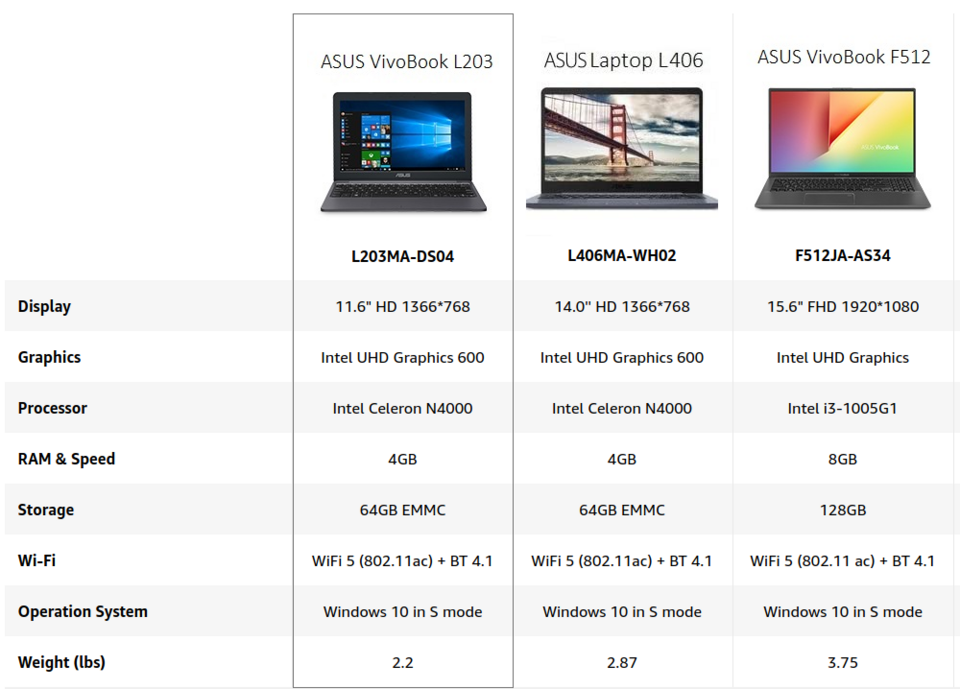
17. Recently viewed products
Have you ever browsed a store and accidentally left the page of the product you were interested in? Or maybe you viewed a product and then wanted to come back the next day?
A block which shows recently viewed products helps users quickly return to the products they visited recently.
Summary
This list is of course not complete but already quite extensive. If you want to drive engagement and sales, they will be a great starting point.
If you are thinking about implementing any of these functionalities on a Drupal Commerce installation, let us know. We provide Drupal Commerce services and will be happy to help.

